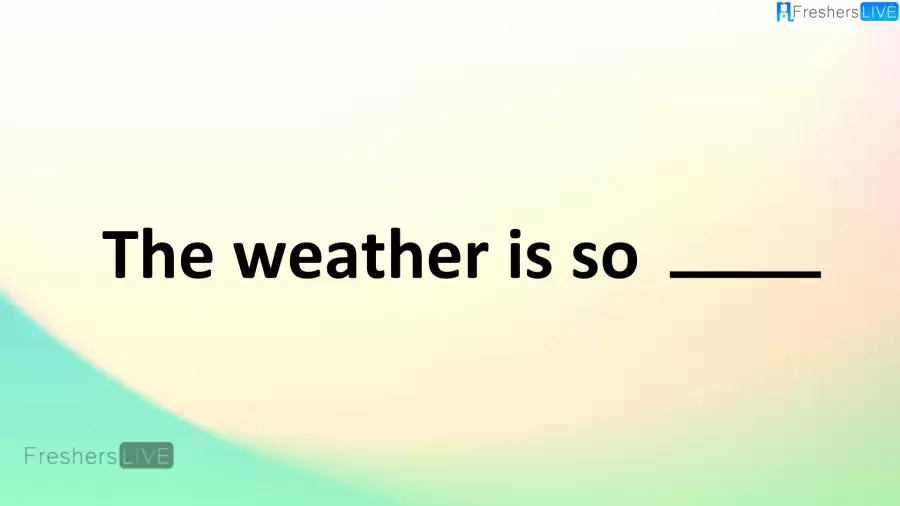Test Your English Grammar with 3 Questions in This Puzzle
by T Santhosh
Updated Sep 28, 2023

Test Your English Grammar with 3 Questions in This Puzzle
Let's talk about grammar puzzles. These are like puzzle games that make you use your grammar skills and think creatively. They keep your mind active and might even help you feel less stressed. There are lots of different grammar challenges to try, including the ones we're about to discuss.
This challenge can be a bit tricky, and it's best for people who are really good at grammar and notice small details. The ticking clock makes it even more exciting. When you become great at these puzzles, it's not just about having fun – it also gives you skills that can be helpful in many parts of your life.
Even though the puzzle might seem hard at first, your goal is to find an answer that follows all the grammar rules and reveals the puzzle's secrets. In the next section, we'll explain this grammar puzzle in detail and show you how to solve it.
1. The weather is so ______
In the sentence "The weather is so hot," the word "hot" serves as an adjective that describes the high temperature outside. It tells us what the weather feels like, conveying warmth or heat. The subject of the sentence is "the weather," and the verb "is" connects it to the description provided by the adjective "hot." The word "so" is used to emphasize the intensity of the heat, signifying that the weather is exceptionally warm. This construction is a common way in English to express the degree of hotness or coldness in the weather, employing adjectives to provide a clearer and more vivid description of atmospheric conditions.

2. He ______ to the Market
The word "went" is used in the sentence "He went to the market" as the past tense form of the verb "go." It is telling us about an action that happened in the past, specifically, someone going to the market. The subject of the sentence is "He," referring to a person who performed the action. The verb "went" indicates that this action, the act of going to the market, took place in the past. In English, we change the form of the verb to "went" when we talk about actions that occurred before the present moment. So, in this sentence, "went" is used to tell us that someone already went to the market at some point in the past.

3. I've _____ around
The word "been" is used in the sentence "I've been around" as part of the present perfect tense of the verb "be." This construction is used to convey an action or experience that started in the past and continues to have relevance in the present. In this sentence, "I" is the subject, referring to the person who is speaking. "Been" is the past participle form of the verb "be." The word "have" is a helping verb (also known as an auxiliary verb) that's used to form the present perfect tense. When you combine "have" with "been" like this, it indicates that the action or state of "being around" started at some point in the past and is still true or relevant in the present.
So, "I've been around" means that the speaker has had various experiences or has visited different places in the past, and those experiences or travels are still important or relevant now. It's a way of describing a life or a set of experiences that have accumulated over time.

Can you Solve 120 ÷ 10 + 7 x 3 - 18 ÷ 3=?
To determine the answer, apply the order of operations. Begin with the divisions and multiplications from left to right: 120 ÷ 10 equals 12, and 18 ÷ 3 equals 6. Now the equation becomes 12 + 7 x 3 - 6. Next, perform the multiplications and additions/subtractions from left to right: 7 x 3 equals 21, and 12 + 21 equals 33. Thus, the solution is 33.
Looking for mental stimulation? Fresherslive has a puzzle collection designed for both quick challenges and deep dives. Find the perfect brain teaser to match your time and mood!
Determine the Result of 156 ÷ 13 + 8 x 2 - 15 ÷ 5=?
Follow the order of operations as usual. Start with the divisions and multiplications from left to right: 156 ÷ 13 equals 12, and 15 ÷ 5 equals 3. Now the equation becomes 12 + 8 x 2 - 3. Next, perform the multiplications and additions/subtractions from left to right: 8 x 2 equals 16, and 12 + 16 equals 28. Therefore, the solution is 28.
Test Your English Grammar with 3 Questions in This Puzzle FAQs
Grammar puzzles are challenges that test your understanding of grammar rules through word or sentence manipulation.







